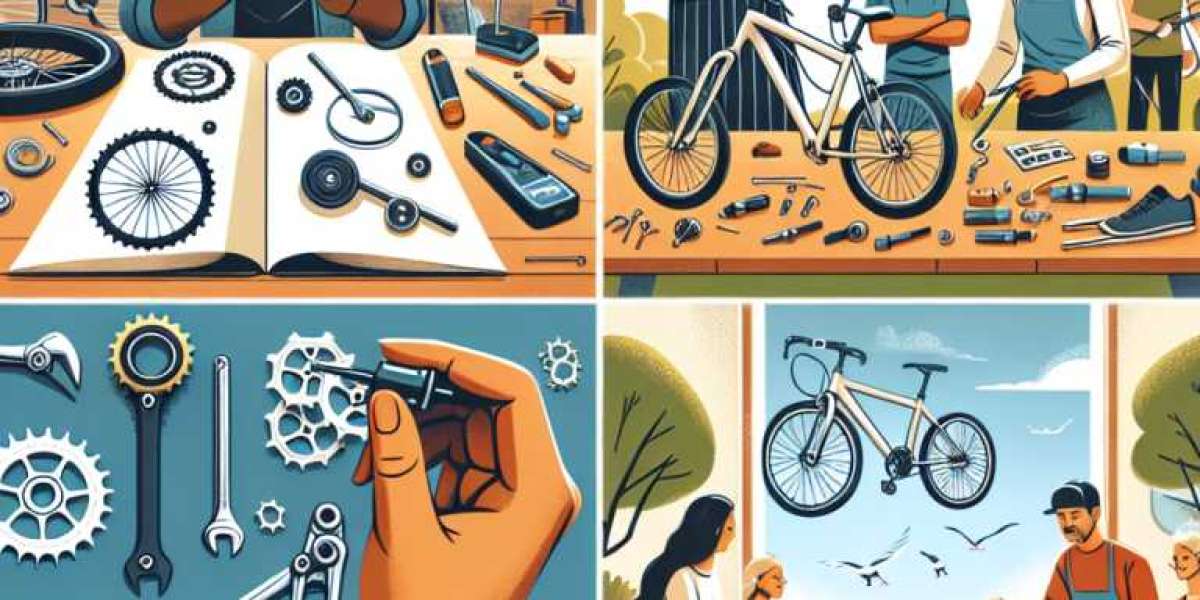The Ultimate Guide to Choosing the Perfect Stroller for Your Baby!
Choosing the right stroller for your infant is one of the most significant decisions you will make as a new parent. With safety, comfort, and convenience at the forefront of this choice, parents are tasked with navigating a myriad of options available in today’s market. From traditional strollers to more innovative designs, each option can have a profound impact on your daily life. This guide aims to help you understand the different types of strollers, their features, and how to choose the best one that caters to your needs and lifestyle.

Understanding Different Types of Infant Strollers
When it comes to infant strollers, there are several types to consider, each with unique features tailored for different needs. Traditional strollers, often seen as the all-rounders, provide a comfortable seat and ample storage space. They’re great for everyday use, whether you’re running errands or taking a leisurely stroll. Lightweight strollers, on the other hand, prioritize portability. They are typically more compact and easier to maneuver, making them an excellent choice for parents who are always on the go or those who frequently use public transportation. Jogging strollers cater to the active parent, featuring sturdy wheels and enhanced suspension for smooth rides on various terrains. Lastly, travel systems combine an infant car seat and a stroller, allowing for seamless transitions from car to stroller without disturbing your sleeping baby. Each type serves a specific purpose, so considering how you intend to use the stroller is crucial.
Key Features to Consider When Choosing a Stroller
Several essential features should be kept in mind while selecting an infant stroller. Safety harnesses are non-negotiable; they should securely hold your infant in place and be easy for parents to operate. Weight capacity is another vital aspect; ensure that the stroller can accommodate your child's growth. Folding mechanisms also play a significant role, especially for parents who need to store their stroller in tight spaces or transport it frequently. Look for strollers that can fold with one hand for added convenience. Storage options, such as baskets and pockets, can make outings much easier by providing space for essentials like diapers, snacks, and toys. Additionally, adjustability is crucial; features like a reclining seat or adjustable handlebar can enhance comfort for both the baby and the parent over time. Each of these features contributes to the overall usability and comfort of the stroller.
Comparing Stroller Safety Standards
Stroller safety should always be a top priority. It’s essential to familiarize yourself with safety regulations and standards that strollers must meet. In many regions, strollers are required to adhere to specific safety certifications, which can vary depending on the country. These certifications ensure that the stroller has passed rigorous testing for stability, structural integrity, and safety features such as brakes and harnesses. As you evaluate potential strollers, check for labels or documentation that confirm compliance with these safety standards. Additionally, consider features like a five-point harness, a sturdy frame, and brakes that are easy to engage. By paying close attention to safety, you can ensure that your infant’s stroller is a secure option for your family.
Budgeting for Your Infant Stroller
Setting a budget for your stroller purchase is an important step in the decision-making process. Prices can vary significantly based on brand, features, and materials used. While it may be tempting to opt for the most affordable option, it’s crucial to balance cost with quality and safety. Consider factors such as the stroller's durability and how long you plan to use it. Investing in a higher-quality stroller may save you money in the long run, as it might withstand the wear and tear of daily use and potentially be suitable for future children. Creating a budget allows you to prioritize what’s most important, whether it’s safety features, convenience, or style.
Real-life Considerations: Lifestyle and Environment
Your lifestyle and environment play a significant role in determining the best stroller for your family. For parents living in urban areas, a lightweight or compact stroller may be ideal for navigating crowded sidewalks and public transportation. Conversely, those in rural settings might need a stroller with robust wheels and suspension to handle rougher terrains. Additionally, consider how much storage space you have at home; a large stroller might not be practical for smaller living spaces. Personal anecdotes from friends often highlight how their choices were influenced by their daily routines and environments. For instance, a friend of mine who frequently travels opted for a travel system, ensuring a smooth transition between the car and stroller. By reflecting on your own lifestyle and environment, you can make a more informed decision that suits your daily needs.
Final Thoughts on Selecting the Right Stroller
In summary, selecting the perfect stroller for your infant involves considering various factors such as type, key features, safety standards, budgeting, and personal lifestyle. Taking the time to research and evaluate your options will pay off in the long run, ensuring a safe and comfortable experience for both you and your baby. Remember, the right stroller can significantly simplify your outings and enhance your parenting experience. So, take a deep breath and enjoy the process of finding the stroller that best fits your family’s needs.


